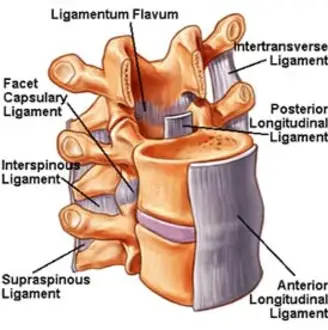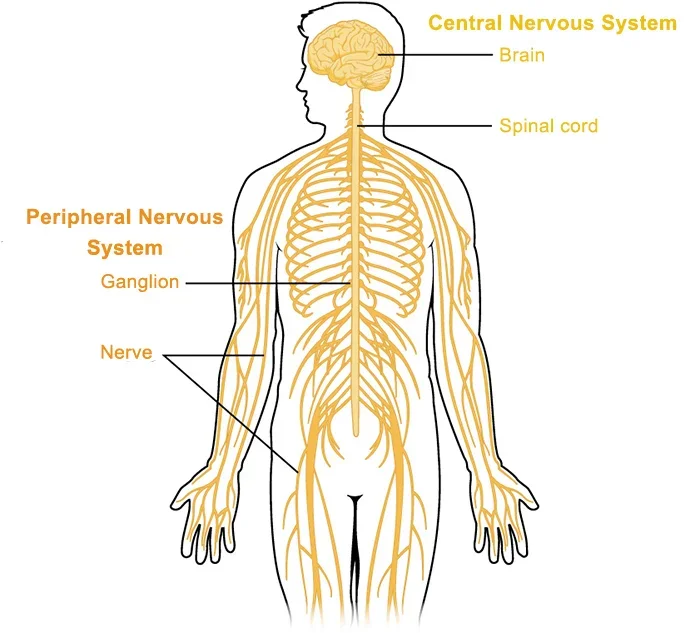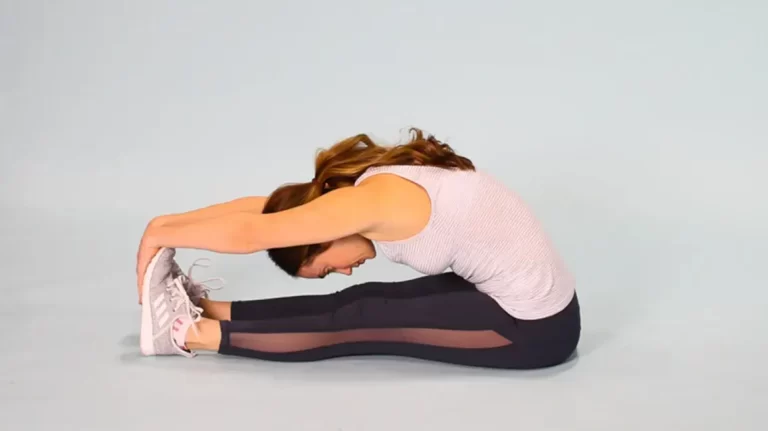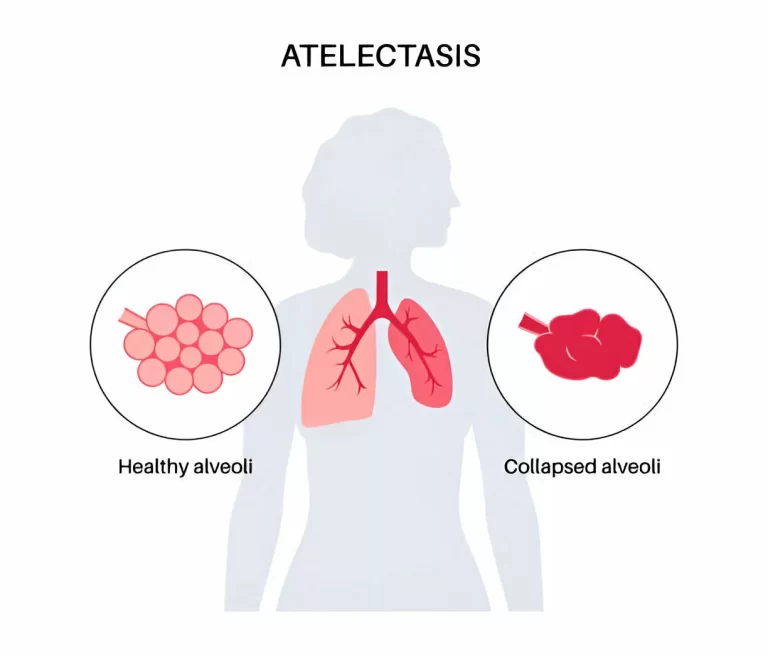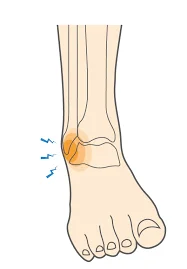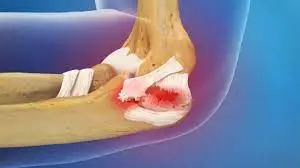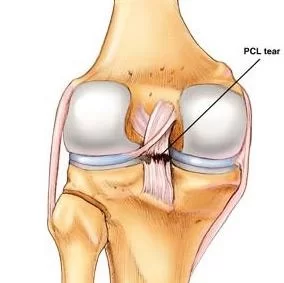Spinal Ligaments
Introduction Spinal ligaments are strong, fibrous tissues that connect bones and provide stability to the spine. They help maintain proper alignment, support movement, and prevent excessive motion that could lead to injury. Key spinal ligaments include the anterior longitudinal ligament (ALL), posterior longitudinal ligament (PLL), ligamentum flavum, interspinous ligaments, supraspinous ligament, and facet capsular ligaments….

